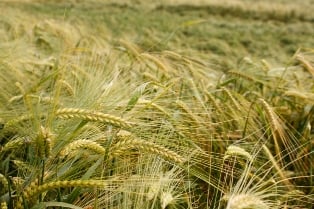

Crop insurance has emerged as one of the forces behind the 32% growth of India’s non-life insurance sector in 2016, according to data from the Insurance Regulatory and Development Authority of India (IRDAI).
Previously a very minor contributor, crop insurance surged to become the third-largest line of non-life insurance business, behind motor insurance and health insurance. This followed the launch of the massive crop insurance scheme Pradhan Mantri Fasal Bima Yojana (PFMBY) in 2016.
IRDAI data shows that for Financial Year 17, total non-life premium income was at US$19.7 billion, up from US$14.9 billion in FY16.
Want the latest insurance industry news first? Sign up for our completely free newsletter service now
Typically, non-life insurance growth reflects real economy growth, new investments, and automobile sales. For the previous financial year, the non-life insurance sector was able to record its highest growth rate since liberalisation even without any new projects, due to the introduction of the crop insurance scheme.
G Srinivasan, chairman of New India Assurance, the country’s largest insurer, told Times of India that nearly 16% of growth came from crop insurance. He added that crop loss claims were expected to be at around 75% of the premium, making it good for the industry’s top line.
The year was generally good for Indian farmers, except for crop damage due to drought in the Karnataka and Tamil Nadu regions.
PFMBY is the first market-driven crop insurance scheme in India. The earlier scheme was a government programme run by the Agriculture Insurance Corporation of India. For the PFMBY, insurers charge market rates, but the farmers pay only 2% of the sum insured as premium, with the government subsidizing the rest.
Related stories:
Indian car classifieds site to enter motor insurance broking
India’s farmers may be engaging in riskier farming due to crop insurance
Indian government to partially subsidize crop insurance
